Disclosure: This article contains affiliate links. We may earn a commission from purchases at no extra cost to you, which helps our travel content.
At 63, I've discovered that some of life's most profound adventures come with the smallest price tags. Southern Laos—specifically Pakse and the Bolaven Plateau—exemplifies this perfectly. This region offers a tapestry of experiences: thundering waterfalls that make your heart race, coffee plantations that awaken your senses, and cultural encounters that remind you why you travel in the first place. And the best part? You can experience it all on just $25 a day. This isn't just budget travel—it's richness disguised as simplicity.
Finding Your Base in Pakse: Comfortable Frugality
Pakse isn't trying to be anything it's not—and that's its charm. This provincial capital along the Mekong serves as the perfect launching pad for southern Laos adventures while keeping your wallet happy.
I stayed at Nisha Guesthouse for $8 per night, where the rooms were simple but immaculately clean, with ceiling fans that performed admirably against the October heat. For those seeking a touch more comfort without breaking the budget, Pakse Hotel offers rooms starting at $15 with the luxury of air conditioning—a worthwhile splurge after dusty day trips.
My mornings began at Daolin Coffee, where $1.50 buys you locally-grown coffee that rivals anything I've sipped in Seattle or Seoul. For meals, the night market near the Mekong becomes a budget traveler's paradise around 5 PM. The khao piak (Lao rice soup) became my comfort food at 15,000 kip (less than $2), reminding me of the juk my mother made during Busan winters decades ago.
For getting around town, invest in a foldable water bottle that you can refill at your guesthouse. Pakse is wonderfully walkable, but when the afternoon heat intensifies, tuk-tuks cost around 10,000 kip ($1) for short hops.

💡 Pro Tips
- Negotiate guesthouse rates for stays longer than three nights—I received a 20% discount at Nisha by staying a week
- The Pakse Hotel rooftop bar offers spectacular sunset views over the Mekong—worth the $2 beer even if you're not staying there
- Many guesthouses offer free drinking water refills—bring a reusable bottle and save both money and plastic
Motorbike Adventures on the Bolaven Plateau: Coffee, Waterfalls, and Freedom
"Aren't you a bit old for motorbike adventures?" my daughter texted when I sent her photos. I laughed. At 63, I find that two wheels offer the perfect blend of independence and intimacy with the landscape—especially in the Bolaven Plateau.
Renting a scooter costs 50,000-80,000 kip ($6-10) daily in Pakse. If you're staying longer, negotiate weekly rates. I'm not ashamed to admit I opted for a padded seat cushion after the first day—a game-changer for older backs on bumpy roads!
The standard loop through the plateau takes 2-3 days, though I extended mine to 5 to savor the experience. The route connects dozens of waterfalls, each with its own personality. Tad Fane's twin 120-meter cascades thundering into the jungle below left me speechless, while Tad Yuang's swimming pools offered refreshing respite from the road.
What truly captured my heart were the coffee plantations. The Bolaven Plateau sits at the perfect elevation (1,000-1,300 meters) for growing exceptional Arabica and Robusta beans. At Jhai Coffee House, I not only enjoyed the best latte in Laos (20,000 kip/$2.50) but learned how they operate as a social enterprise supporting local farmers. Several plantations offer tours for under $5, where you'll learn the entire process from bean to cup.

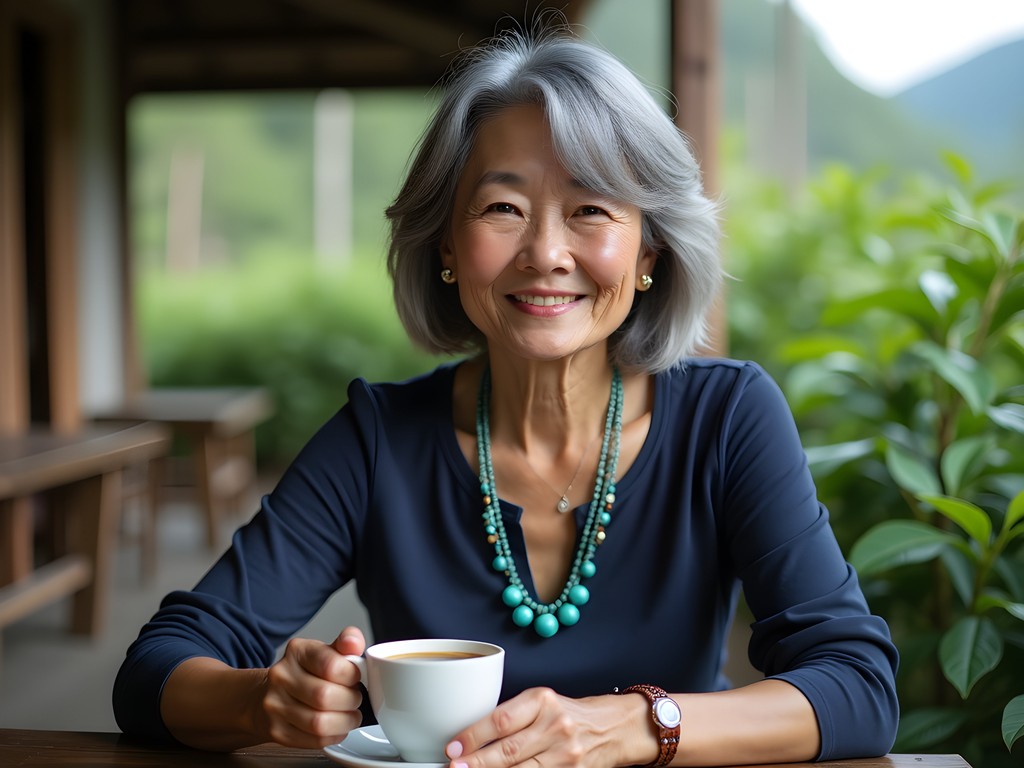
💡 Pro Tips
- Pack a rain poncho during rainy season (May-October)—afternoon showers are common but brief
- Bring small denominations of kip for entrance fees to waterfalls (typically 10,000-20,000 kip/$1-2.50)
- Download Maps.me before your trip—it works offline and shows the smaller roads between waterfalls that Google Maps misses
Champasak and the Khmer Ruins: History on a Shoestring
Just 30 kilometers south of Pakse lies Champasak, where the magnificent Wat Phou temple complex has stood since the 5th century. This UNESCO World Heritage site predates Cambodia's Angkor Wat yet sees a fraction of the visitors.
To reach Champasak, catch a songthaew (shared pickup truck) from Pakse's southern bus terminal for 20,000 kip ($2.50). The journey takes about an hour and offers glimpses of rural Lao life that tour buses miss. I stayed at Vongpaseud Guesthouse for 60,000 kip ($7) per night, where the family-style dinners became a highlight—home-cooked Lao food and conversations with travelers from around the world for just 30,000 kip ($3.50).
Wat Phou's entrance fee (50,000 kip/$6) is the biggest splurge of this itinerary but absolutely worth it. Arrive early (7-8 AM) to beat both the heat and the handful of tour groups. I spent four hours exploring the temple's three levels, each offering increasingly spectacular views of the Mekong valley below. The insect repellent wristband I wore proved invaluable—it kept mosquitoes at bay without the chemical smell of sprays that would have detracted from the spiritual atmosphere.
In the afternoon, rent a bicycle from your guesthouse (20,000 kip/$2.50) and explore the sleepy riverside town. Don't miss the traditional weaving workshop where local women create intricate textiles using techniques passed down for generations.
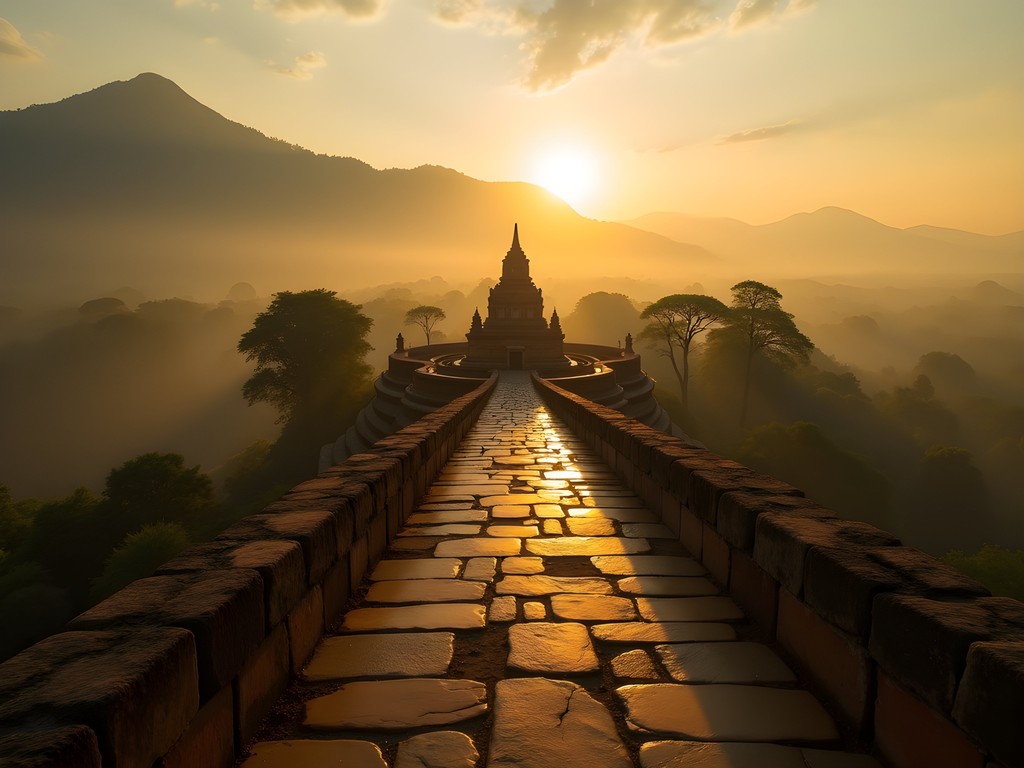
💡 Pro Tips
- Visit Wat Phou on a weekday to have the complex almost to yourself
- Bring plenty of water and a wide-brimmed hat—the climb to the upper sanctuary is steep with little shade
- Learn the phrase 'sab lai' (very delicious) to delight the local cooks when you enjoy their food
Eating Like a Local: Flavor Without the Price Tag
One of my greatest joys in Southern Laos was discovering that the most authentic food was also the most affordable. My Korean palate found kindred flavors in Lao cuisine—both traditions share an appreciation for fermentation, fresh herbs, and the perfect balance of spicy, sour, and umami.
In Pakse, the morning market (talat sao) became my culinary classroom. For breakfast, khao piak sen (fresh rice noodle soup) costs just 15,000 kip ($1.75) and comes loaded with fresh herbs and crispy garlic. The vendor laughed at my enthusiasm, adding extra chili when she realized I could handle heat.
For lunch, seek out tam mak hoong (green papaya salad)—the Lao version differs from Thai som tam with its deeper fish sauce flavor and added padaek (fermented fish paste). At 10,000-15,000 kip ($1.25-1.75), it's a flavor explosion that costs less than a bottle of water in most Western countries.
Dinner at the night market means grilled fish, sticky rice, and jeow (dipping sauces) for under 40,000 kip ($5). I became addicted to jeow bong, a sweet-spicy paste that reminded me of Korean gochujang but with distinct Lao herbs.
When cooking for yourself, the travel spice kit I carried proved invaluable. I filled it with Korean gochugaru (red pepper flakes), sesame seeds, and dried mushroom powder—additions that transformed simple market ingredients into comfort food when homesickness struck.
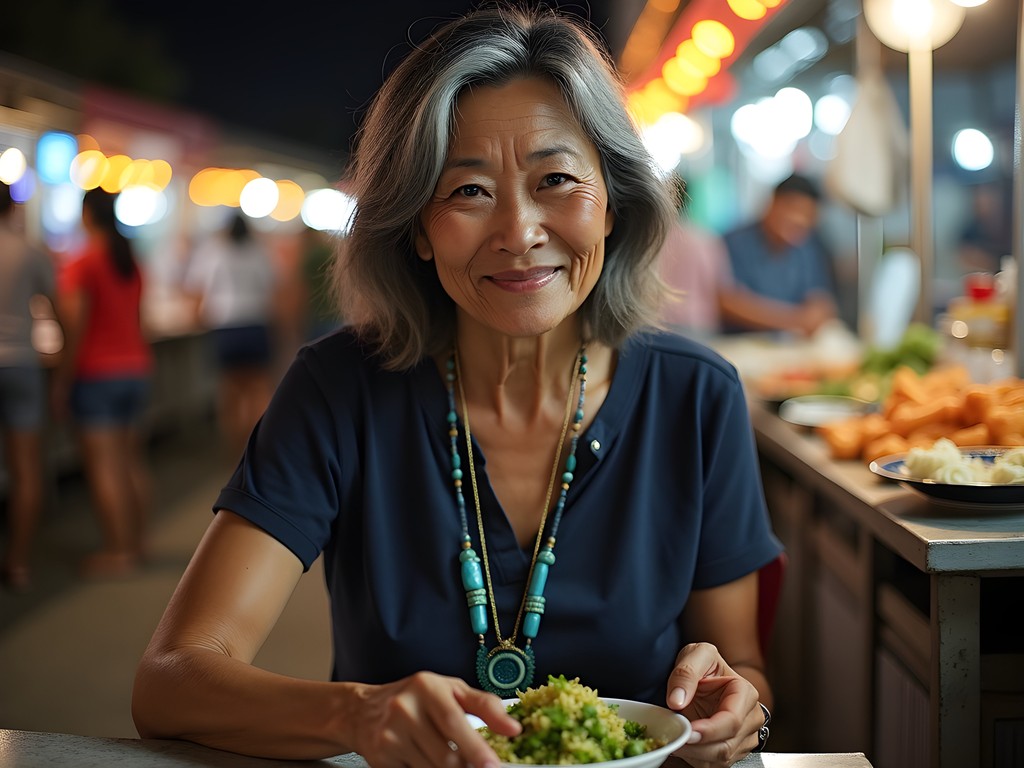
💡 Pro Tips
- Look for restaurants where locals eat—prices are typically 30-50% lower than tourist-oriented establishments
- Learn to eat with sticky rice as locals do—roll into a small ball and use it to scoop up other foods
- Most guesthouses allow guests to use their refrigerators—perfect for storing fresh fruit and breakfast items
Si Phan Don (4000 Islands): River Life on a Budget
My journey ended in Si Phan Don, where the Mekong River spreads into a labyrinth of islands and channels before crossing into Cambodia. This archipelago embodies the Lao phrase "bor pen nyang" (no worries)—life moves at the pace of the river here.
From Pakse, a combined bus and boat ticket to Don Det (the backpacker favorite) costs 60,000-80,000 kip ($7-10). I chose neighboring Don Khon for its quieter atmosphere, staying in a simple riverside bungalow at Pan's Guesthouse for 50,000 kip ($6) per night. Falling asleep to the sound of the Mekong flowing beneath my wooden floor was worth far more than the price tag.
Days here revolve around simple pleasures: cycling across the old French bridge between islands (10,000 kip/$1.25 bicycle rental), swimming in the river's calm sections, and watching spectacular sunsets paint the water gold. The dry bag I brought protected my essentials during boat trips and unexpected rain showers.
The highlight was kayaking through the flooded forest and channels between islands (80,000 kip/$10 for a half-day guided tour). My guide, a 70-year-old local man who'd spent his life on these waters, spotted river dolphins where I saw only ripples. His knowledge of the ecosystem reminded me that the best guides aren't found through expensive tour packages but through local connections.
Even here, my $25 daily budget held strong—$6 for accommodation, $7 for meals, $10 for activities, and $2 for incidentals. The richness came not from luxury but from immersion in a landscape and culture that operates on values beyond material wealth.
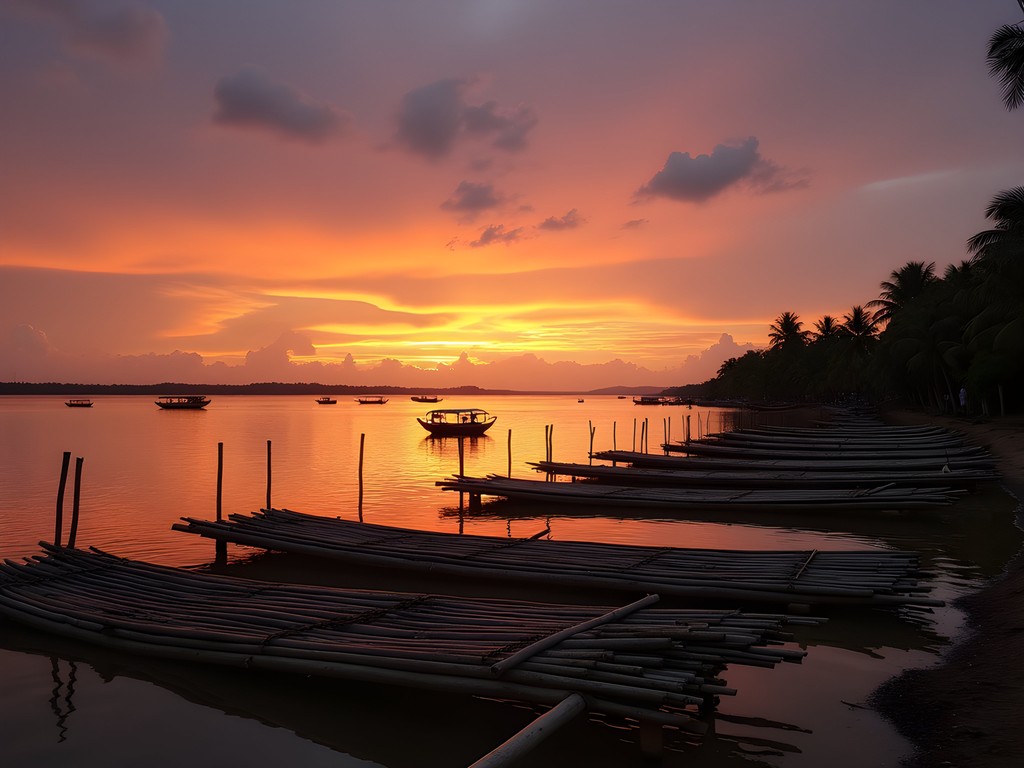
💡 Pro Tips
- Request a riverside bungalow—they're often the same price as garden view but offer magical sunrise experiences
- The islands have limited ATMs—bring enough cash from Pakse
- Power outages are common—pack a headlamp for navigating at night
Final Thoughts
As I boarded my bus back to Pakse, completing my two-week circuit through Southern Laos, I tallied my expenses: I'd averaged $23.50 per day—under budget and overflowing with experiences. At 63, I've learned that travel's greatest gifts aren't found in luxury but in authenticity. The Bolaven Plateau taught me that a $2 coffee tastes infinitely better when you're watching the sunrise over mountains where those beans were grown. Si Phan Don showed me that a simple wooden bungalow offers more soul-nourishing rest than any five-star hotel.
Southern Laos doesn't just accommodate budget travelers—it rewards them with experiences that money can't buy: conversations with monks at dawn, invitations to village celebrations, and the kind of stillness that has become luxury in our hyperconnected world. Whether you're a twenty-something backpacker or, like me, discovering adventure in life's second act, these provinces offer a masterclass in traveling richly while spending mindfully. Pack light, bring an open heart, and prepare to redefine what luxury means to you. The waters of the Mekong have much to teach us about finding abundance in simplicity.
✨ Key Takeaways
- Southern Laos delivers authentic experiences at remarkably low prices—$25/day is genuinely feasible
- The Bolaven Plateau loop by motorbike offers the perfect combination of independence and cultural immersion
- Local food is not only the most affordable option but also the most delicious and authentic way to experience the region
- Building relationships with locals often leads to the most memorable experiences—far more valuable than any paid tour
- Traveling slowly and mindfully through fewer destinations yields richer experiences than rushing through many places
📋 Practical Information
Best Time to Visit
October-February (dry season with moderate temperatures)
Budget Estimate
$20-30 per day all-inclusive
Recommended Duration
10-14 days
Difficulty Level
Moderate
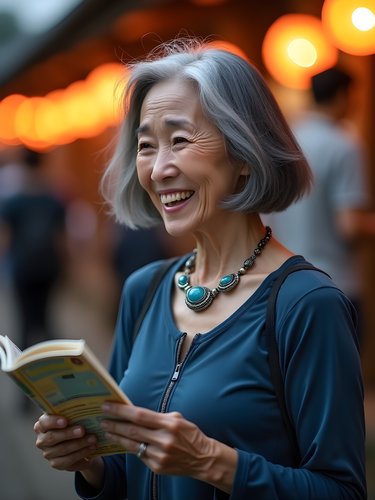
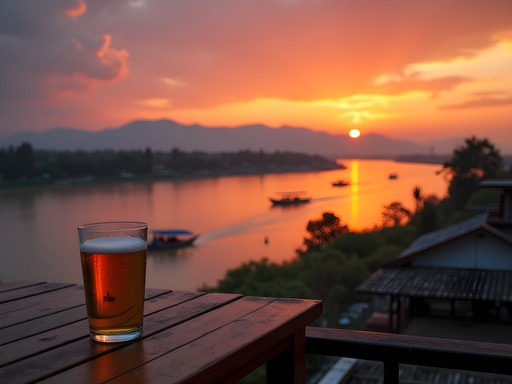
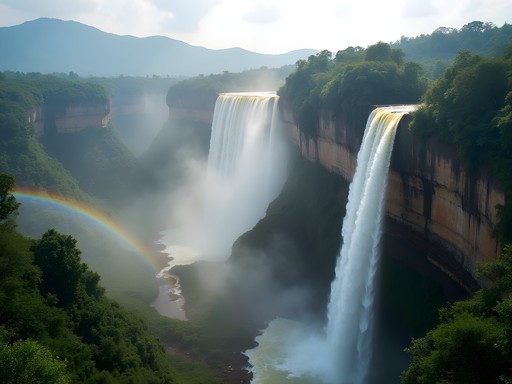
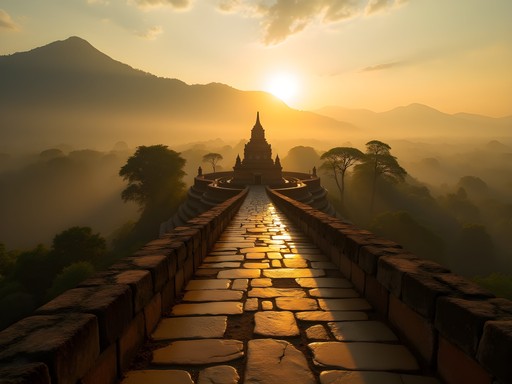
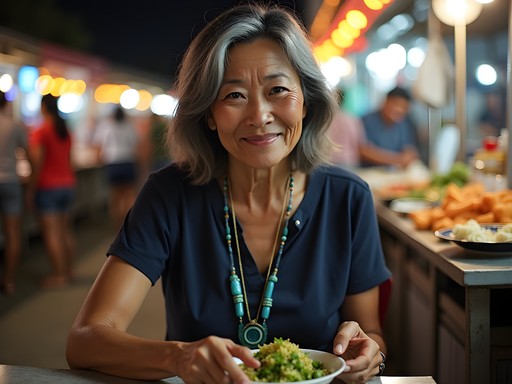



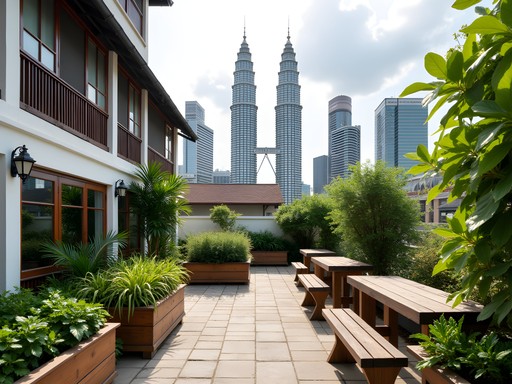
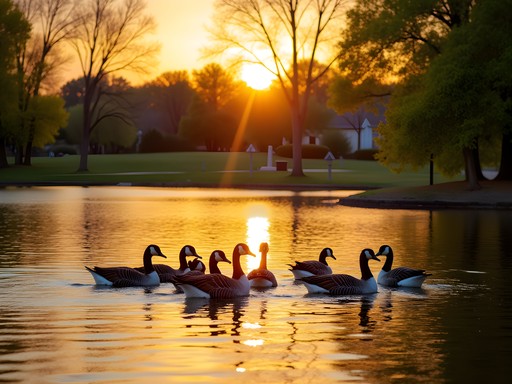
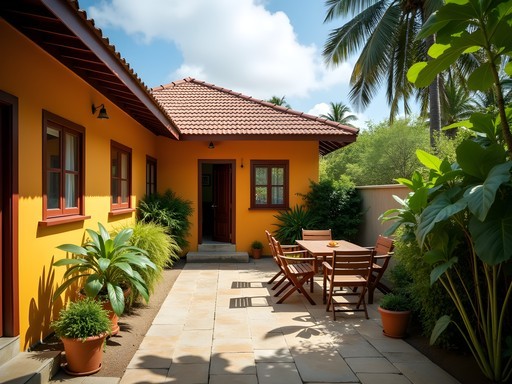
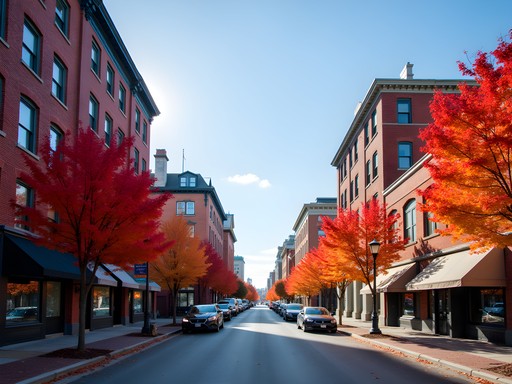
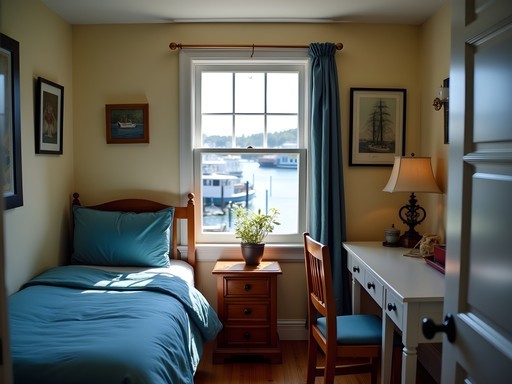
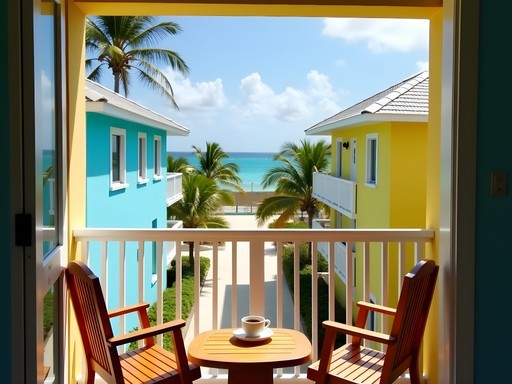

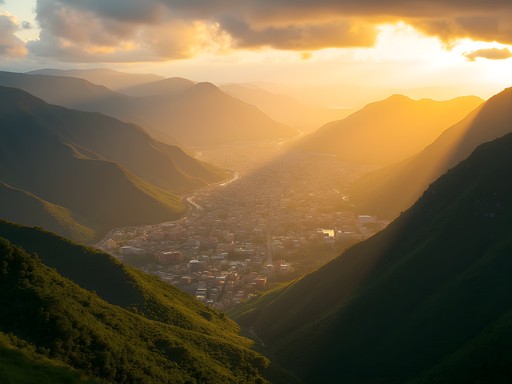
Comments
happynomad
OMG THANK YOU FOR THIS!!! I'm heading to Laos next month and was debating whether to include the south or just stick to Luang Prabang and Vang Vieng. Definitely adding Pakse to my itinerary now!! Those waterfalls look INCREDIBLE and I'm a coffee addict so the Bolaven Plateau sounds like my paradise!! Did you book accommodations in advance or just find places when you arrived??
TravelingTeacher
Love your waterfall photos! Which camera do you use?
Sophia Holmes
Thank you! Just my trusty old iPhone 13 with some minor edits. The light at Tad Fane was perfect that morning!
wildgal
Just booked my flight to Laos! Can't wait to follow your itinerary!
Frank Garcia
Great breakdown of costs, Sophia! For anyone following this route, I'd add that transportation costs can be further reduced by using the local songthaews instead of minivans between towns - they're about 40% cheaper though less comfortable. I calculated the savings at around $3-4/day, which adds up. Also worth noting that accommodation prices in Pakse fluctuate seasonally - November to February sees higher rates than you mentioned (closer to $8-10/night for basic rooms). The Bolaven Plateau loop is indeed the highlight - I'd recommend the eastern route for better road conditions if you're not comfortable on a motorbike.
springphotographer
What camera did you use for these photos? The waterfall shots are incredible!
Sophia Holmes
Just my trusty old iPhone 12! The natural light in Laos does all the work. I did use the long exposure setting for the waterfall shots.
Stephanie Romano
I love seeing travelers in their 60s showing us all how it's done! We took our kids (7 and 10) to Southern Laos last year and while we spent more than $25/day for our family of four, it was still incredibly affordable. The kids still talk about the elephant sanctuary near Pakse and swimming at the base of Tad Fane waterfall. One thing I'd add for families - the guesthouses in Champasak were so welcoming to children, often setting up extra beds for free or minimal cost. The boat trip to Don Det was also a highlight - the 4000 islands area is magical and worth adding to this itinerary if you have extra time!
Fatima Sims
Sophia, your post transported me right back to Pakse! I was there in 2023 and also found it incredibly budget-friendly. One tip for anyone going: the night market near the Mekong is where locals eat and has the best food prices in town. I still dream about that papaya salad from the lady with the blue awning! For the Bolaven Plateau, I'd add that the lesser-known Tad Tayicseua waterfall was my favorite - hardly any tourists and you can swim right up to the falls. Did you make it to Don Det/4000 Islands as well? That would make a great companion piece to this guide!
coffeechamp
The Bolaven coffee is seriously underrated! I visited last year and brought back 3kg of beans from different farms. If you go, don't miss Jhai Coffee House - they do direct trade with local farmers and their profits go back to clean water projects. I did the same motorbike loop and spent about the same - $24/day including everything. Used my packing cubes to keep organized in those basic guesthouses. Great post, brought back good memories!
wildgal
How many days did you spend on the motorbike loop?
coffeechamp
I did 4 days/3 nights which felt perfect - not rushed but saw all the main waterfalls and coffee farms!
freevibes
How was the motorbike rental process? Any ID requirements or deposit issues? Heading there next month!
Sophia Holmes
Most places just needed my passport copy and a $50-100 deposit. Make sure to thoroughly check the bike before taking it and document any existing damage. The roads on the plateau are decent but can be challenging after rain!
wanderlustqueen
Those waterfall photos are absolutely stunning! Adding Bolaven Plateau to my bucket list!
Venture X
Premium card with 2X miles, $300 travel credit, Priority Pass